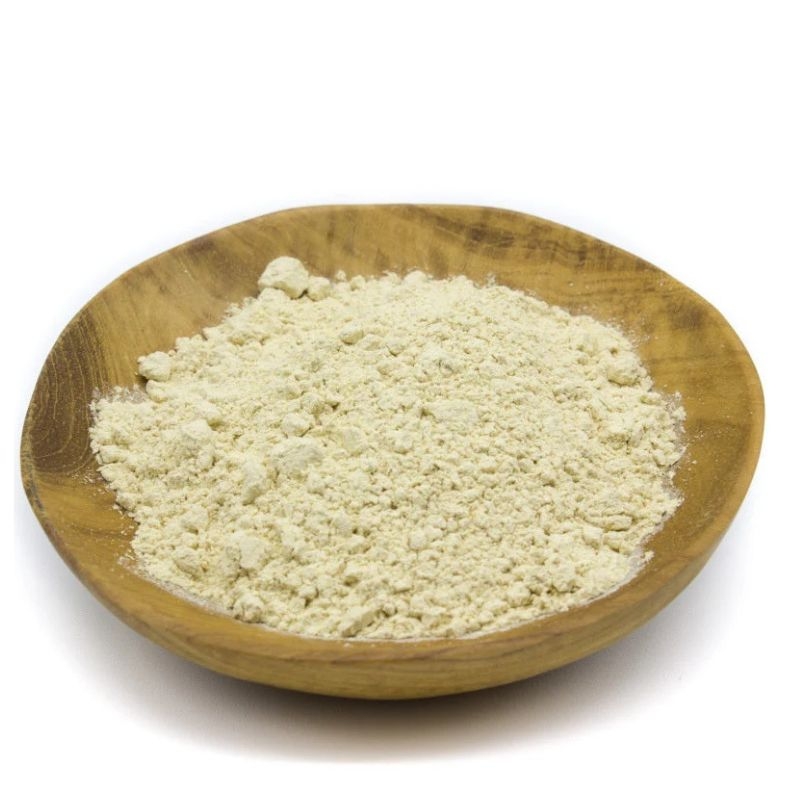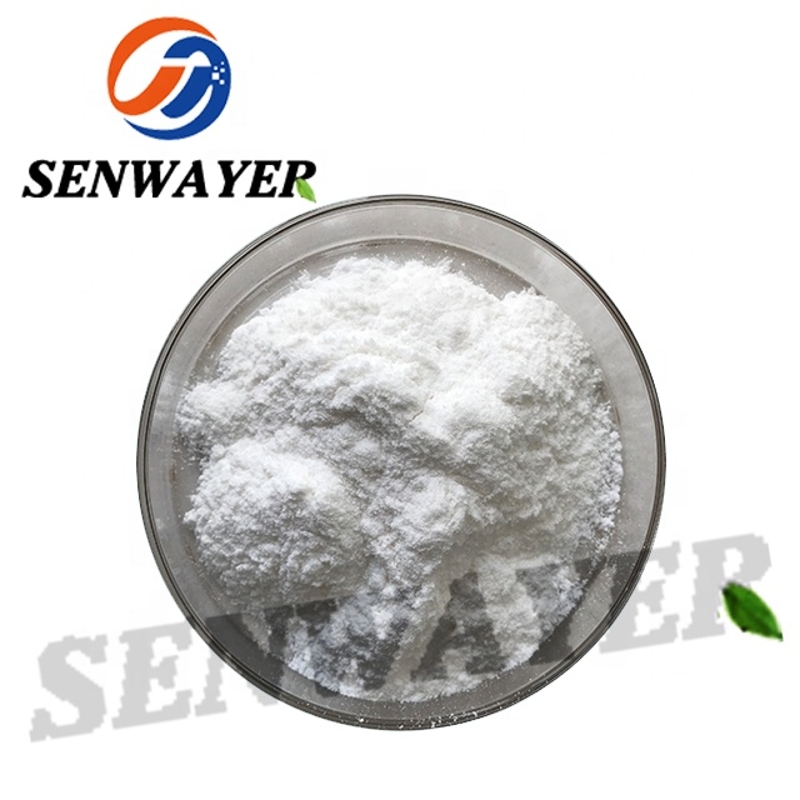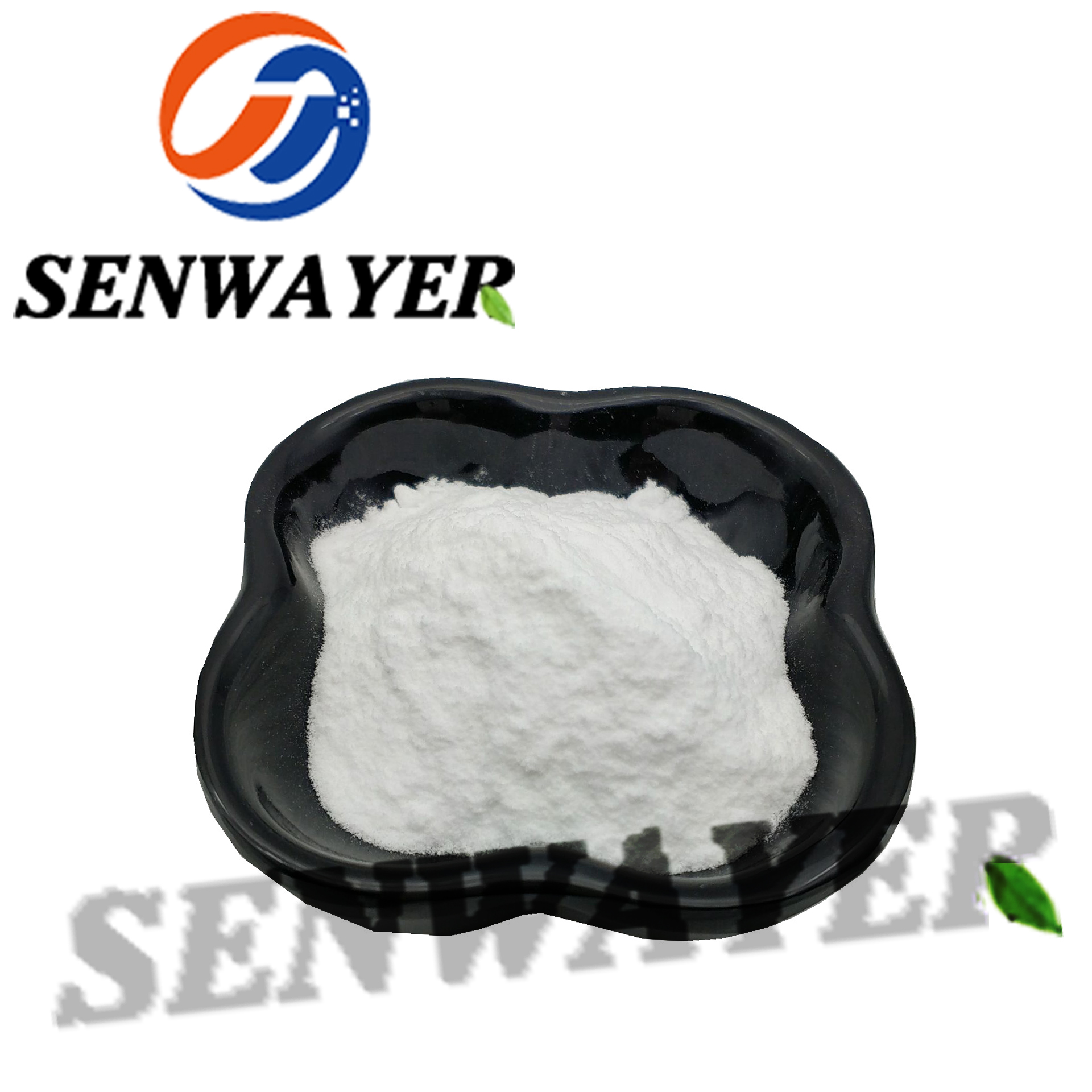-
Categories
-
Pharmaceutical Intermediates
-
Active Pharmaceutical Ingredients
-
Food Additives
- Industrial Coatings
- Agrochemicals
- Dyes and Pigments
- Surfactant
- Flavors and Fragrances
- Chemical Reagents
- Catalyst and Auxiliary
- Natural Products
- Inorganic Chemistry
-
Organic Chemistry
-
Biochemical Engineering
- Analytical Chemistry
-
Cosmetic Ingredient
- Water Treatment Chemical
-
Pharmaceutical Intermediates
Promotion
ECHEMI Mall
Wholesale
Weekly Price
Exhibition
News
-
Trade Service
In a study published this month, researchers at the University of Tsukuba (University of Tsukuba) developed a new method that can quickly measure the pigment profile of tomatoes and use this technique to explore how pigments affect the taste of different tomato varieties And fragrant
The color of tomatoes is a combination of different types of pigments, including carotenoids and chlorophyll
Professor Kusano Miyako, the first author of the study, said: “Pigments like carotenoids have no taste, but they are precursors of pseudo-ubiquitin volatile organic compounds (AC-VOCs), which can produce The fruit/floral aroma of tomatoes adds sweetness-these characteristics are very attractive to consumers
Traditional pigment identification and measurement methods can be slow, so researchers have developed a simple method to quickly analyze a large number of samples
The results showed that tomato varieties rich in chlorophyll also have a higher sugar content, which contributes to the sweetness of tomatoes
Professor Kusano explained: “One of the orange varieties,'Dixie Golden Giant', has a particularly interesting pigment structure
The carotenoid content of fruits is affected by growth conditions such as temperature and light
Given its speed, the new method developed by the team is a powerful tool for analyzing the concentration of pigments in a large number of samples, and can also be used for other fruits and vegetables
The article "High-throughput chlorophyll and carotenoid analysis reveals a positive correlation between the volatile content of sugar and pseudocarotene in modern and wild tomato varieties" was published in the journal Metabolites
This work was funded by the "Sustainable Food Security Research Project", which was funded by operations provided by the National University of Japan Corporation and the Myanmar Environmental Sustainability Support Association
Journal Reference :
Yusuke Aono, Yonathan Asikin, Ning Wang, Denise Tieman, Harry Klee, Miyako Kusano.







